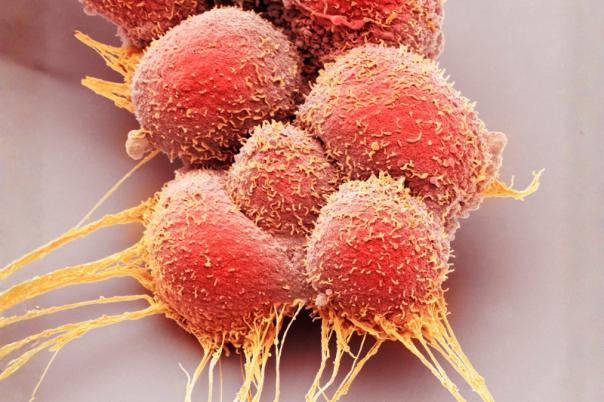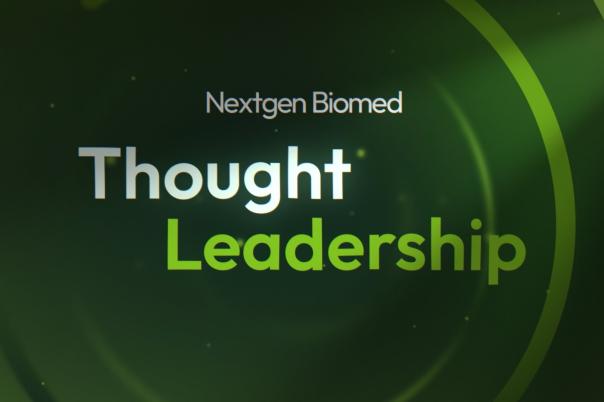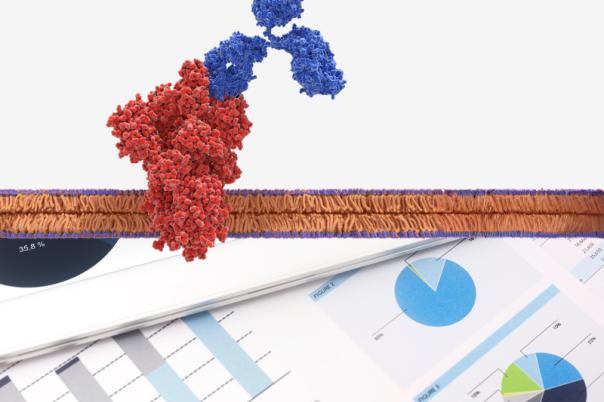Timothy Hickling began the presentation by acknowledging the audience and checking the presence of data scientists, mathematicians, immunologists, and protein engineers. He emphasised the importance of optimising immunogenicity risk by design rather than deimmunisation. Hickling discussed the challenge of predicting immunogenicity and the role of various assays and in silico methods in this process. He highlighted the significance of machine learning in refining models and exploring future opportunities.
Hickling presented data from a 2011 study on Adalimumab, an anti-TNF drug, showing the impact of anti-drug antibodies (ADA) on drug exposure and efficacy. He explained how patients with high ADA titers experienced a total loss of exposure and efficacy, leading to treatment failure. He also shared insights from his previous company on anti-PCSK 9 therapy, where ADA affected LDL cholesterol levels. Hickling underscored the complexity of the immune system and the importance of understanding key cells' roles in immune responses1
He discussed the term "ground truth" and the variability in ADA incidence rates for known products. Hickling mentioned the FDA's 2014 guidance on immunogenicity risks and the opportunities for machine learning algorithms to gather data from early-stage assays. He elaborated on the challenges of predicting immunogenicity using a single assay and the need to consider multiple factors. Hickling highlighted improvements in in silico methods and the importance of peptide binding to MHC molecules.
He shared findings from colleagues at Genentech on predicting ADA incidences and the impact of various factors on immunogenicity. Hickling discussed the correlation between DC internalisation and immunogenicity, emphasising the practical approach of linking uptake with cell surface presentation. He touched on historical data and the challenges of predicting immunogenicity using older algorithms. Hickling concluded by discussing the impact of ADA on monoclonal antibodies and the importance of avoiding certain sequences.
He summarised the opportunities for project decisions using machine learning and the need for more data sharing and assay harmonisation. Hickling expressed optimism about future collaborative efforts to improve immunogenicity understanding and thanked his colleagues for their contributions.





